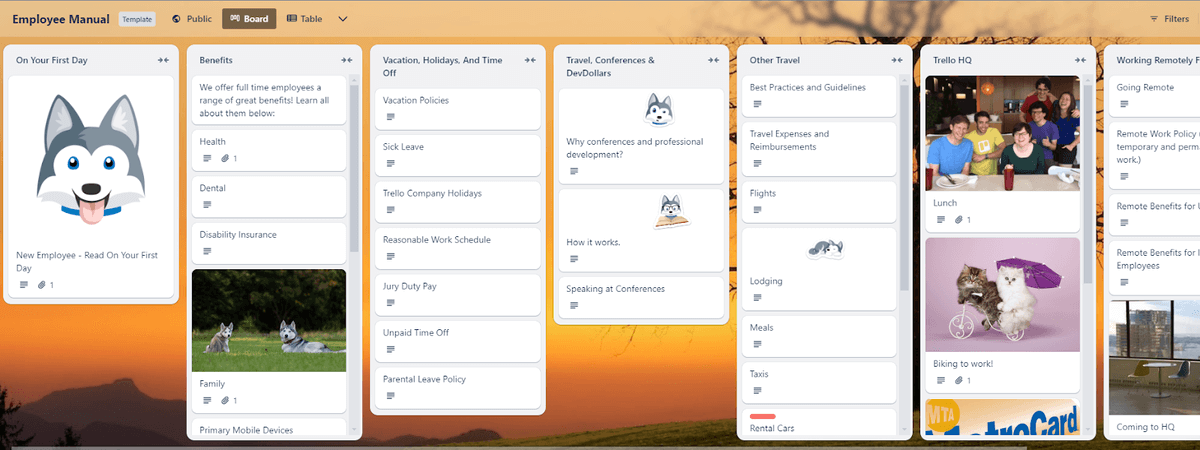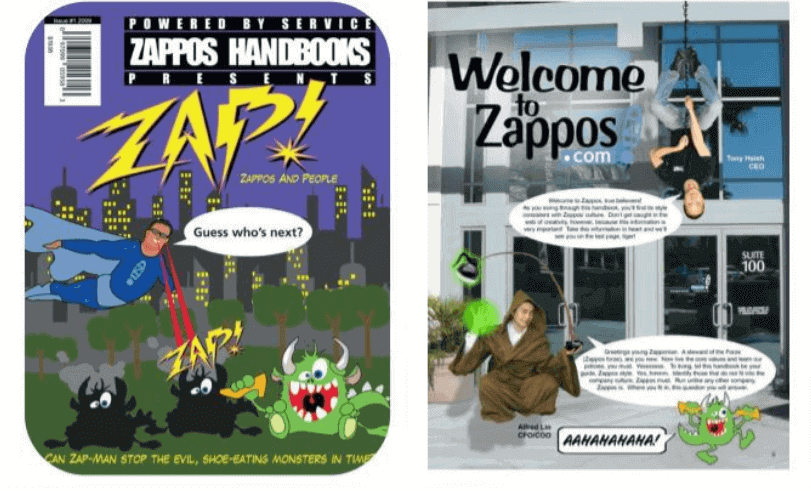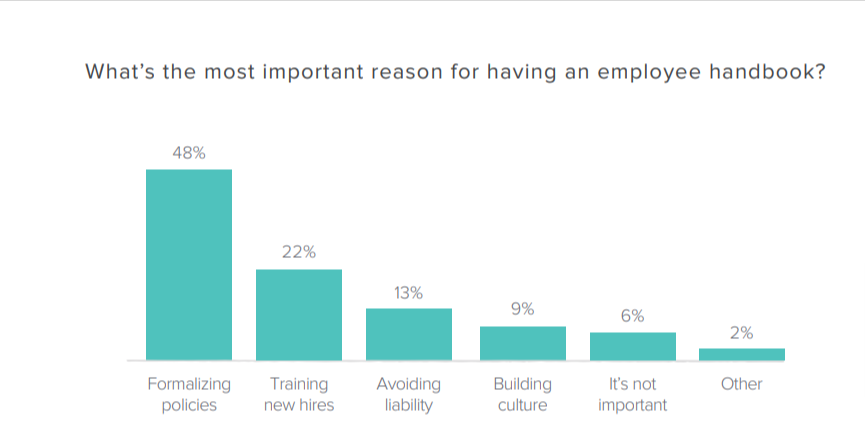How to Make an Employee Handbook New Hires Actually Read
Learn how to write an employee handbook for your new staff. Make a company handbook with your policy, values, and culture that new hires enjoy reading.


Learn how to write an employee handbook for your new staff. Make a company handbook with your policy, values, and culture that new hires enjoy reading.
Short answer
Keep it simple
Set the right tone
Engage your audience with compelling stories
Use scroll-stopping visuals
Create an interesting format
Map out a narrative framework for your company
Read on to see each step in depth.
"Our company was founded in 2001 in Silicon Valley. As of 2025, we've become a leading player in the industry through collaborative efforts."
"In the year 2001, from the confines of a garage in Silicon Valley, the seeds of company XYZ were sown. Fueled by a bold vision, a borrowed computer, and boundless determination, our founder embarked on a mission to redefine our industry.
Fast forward two decades, and we stand as – pioneers, trailblazers, carrying forward the torch of innovation. Each member of our team plays an integral role in this remarkable journey, contributing to the collective success."
NOTE: As per labor law regulations in some countries, like France, Belgium, and Japan, could mandate that you have an official employee handbook with a list of required work guidelines.
Stop losing opportunities to ineffective presentations.
Your new amazing deck is one click away!










